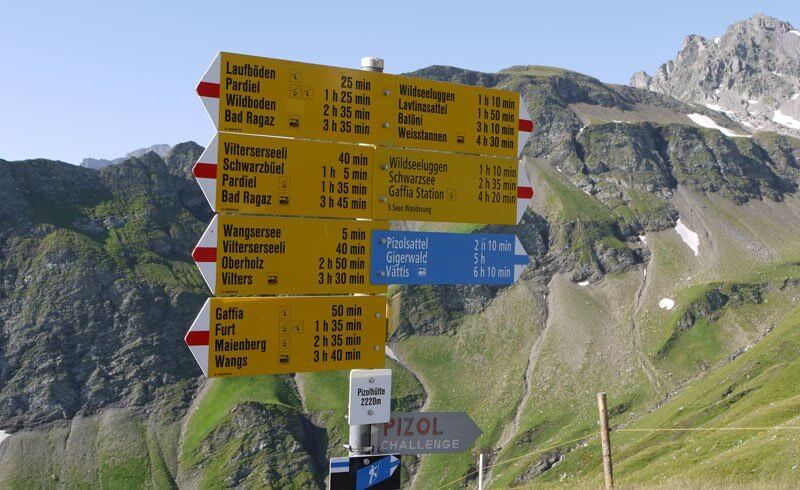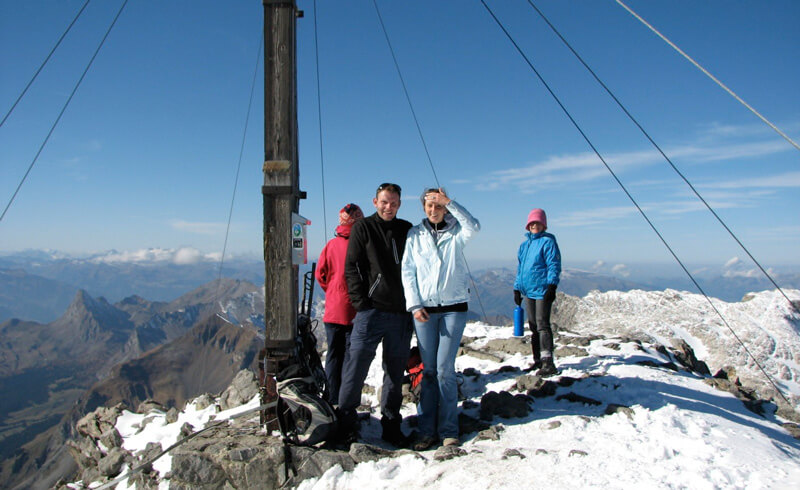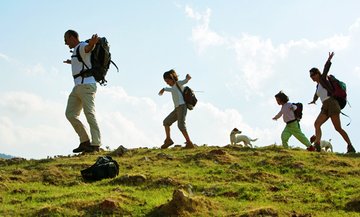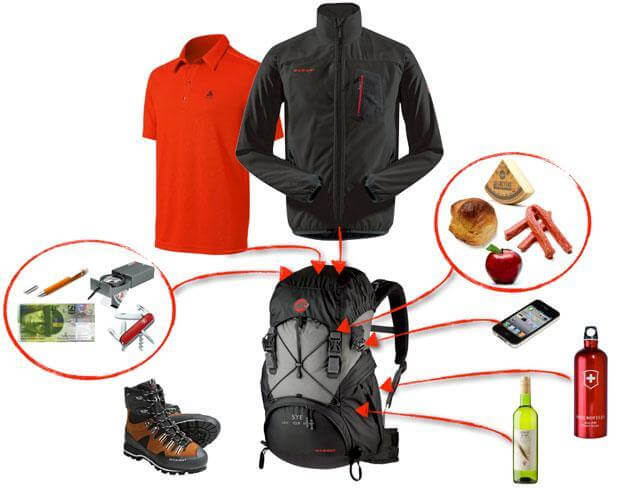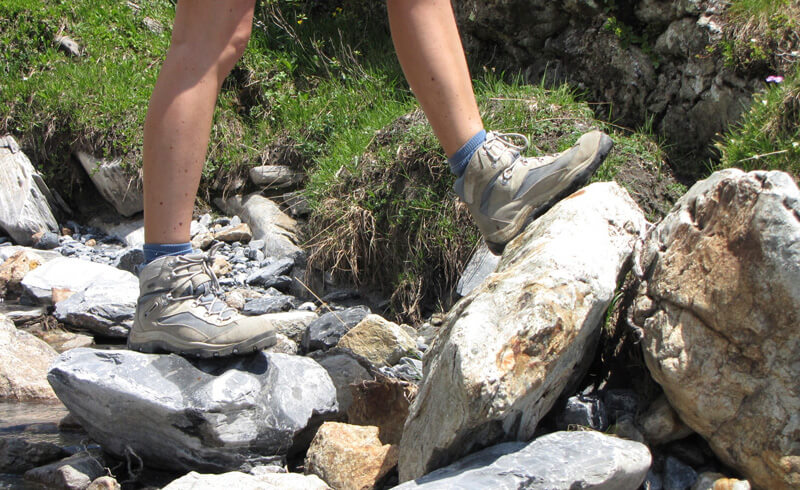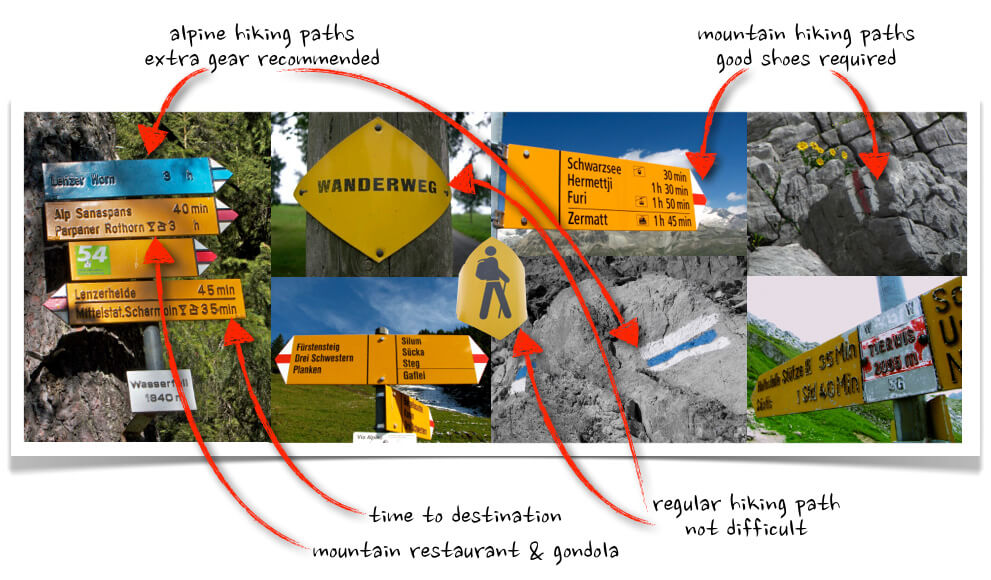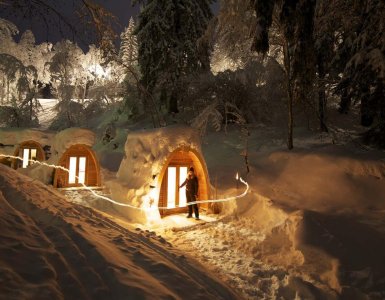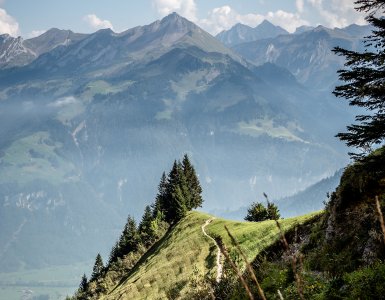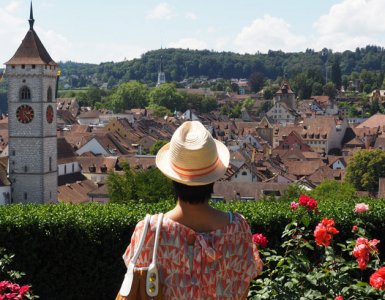As winter's snow has melted away in the flatlands, the blanket of snow is retreating further up the mountains each day.
To some, this brings about pangs of sadness knowing that their skis will need to be packed away for the summer, but to the average Swiss person, this simply means it's time to put away their snow gear and break out their hiking gear.
With 62'416 km of marked hiking trails in a country that would fit into California ten times over, the Swiss not only claim to love the outdoors but prove it.
Hiking in Switzerland is made possible in large part by the Schweizer Wanderwege (Swiss Hiking Path) organization. Groups of volunteers clear paths, ensure signage is correct, repair small footbridges and secure safety cables where paths get narrow and the chance of slipping is high. The countless hours of work done by these people makes Switzerland a hiking Mecca.
Each year, people can sponsor the signage and work required to maintain these paths through donations to the Wanderwege organization. In return, people receive books detailing interesting hikes in different areas of the country as well as discounts on hiking gear at the outdoors outfitter Transa.
While two-thirds of the Swiss population use the Wanderwege every year, many do not know where they came from: These paths were the brainchild of the Zurich teacher Jakob Ess after he took his class over the street route of the Klausenpass.
Noticing that there was simply too much traffic on the roads for pedestrians, he decided to start special hiking paths. The idea quickly caught on, but each commune and canton was using their own signage.
So in 1933, Ess and the secretary of the Pro Juventute foundation and the Association of Swiss Youth Hostels, started the Zürcherische Arbeitsgemeinschaft für Wanderwege.
A year later, this association went national with the new name Schweizer Arbeitsgemeinschaft für Wanderwege (SAW), at which point it was made a rule that all signage would be on yellow plaques with black writing.
Viewing the life of a Swiss person through hiking
It looks a little like this:
0 - 3 years of age: Hiking with parents. Many parents even take their children into high alpine terrain and will carry them on their back.
4 - 12 years of age: After the child learns how to carefully walk around the mountains, they are free to walk. At first, many parents, usually the fathers, will tie a rope around the child and himself - should the child slip off a cliff. By about 5 years of age, though, most children can easily walk on their own.
13 - 18 years of age: Children are still asked to go hiking with their families on the weekend, but this is no longer a fun activity. The now teenagers think hiking is a waste of time and would rather go swimming or to the city at the weekend.
19 - 25 years of age: Somewhere in here, people rediscover the love of hiking. It’s all of a sudden a very cool sport, and the more challenging the tour, the better!
26 - and onward: Hiking is almost a summer obsession. Hüttenwanderungen (cabin hikes) are the epitome of all seasoned hikers. Here you book beds in mountain cabins that are run by the Swiss Alpine Club and stay out for multiple days.
Getting Ready for Hiking
When the Swiss rediscover hiking, it also brings with it an element of fashion. A good pair of hiking books is still essential, but the latest seasonal colours for wind jackets, raincoats, trousers with removable legs, and rucksacks are all very important. The number one brand you will see in the mountains is the Swiss Alpine firm Mammut.
Going hiking Swiss style means setting out early in the morning. You should bring a rucksack with the following:
- Water in your Sigg bottle
- Fruit (usually apples)
- Cheese (from the area you are setting out from)
- Bread (Bürli)
- Dried meat/salami (Landjäger)
- A 0.5 liter bottle of wine so you can imbibe a sip when you reach the summit
- Wallet with cash for your real lunch at a Bergrestaurant (mountain restaurant)
- A change of shirts for when you get there, in case you’re all sweaty
- A wind jacket, in case it gets cold
- Swiss Army Knife (this is self evident)
- Compass, even though I’ve never had to use this
- Pen to sign the book at the top of the mountain
- Camera
If you’re going very high, then you should also bring:
- Rope
- Climbing helmet in case of falling stones
- Crampons in case you hit snow and ice
It sounds like a lot of gear for a hike, but this is how the Swiss do it. If they see you in the mountains with inadequate footwear, you may very well be scolded by a passerby for how careless and dangerous you are being.
In many ways, they are right to do so. According to the Swiss Council for Accident Prevention (BFU), every year there are some 9000 accidents in the mountains with approximately 40 deaths, making mountain hiking the sport claiming the most lives each year.
For this reason, it is also a good idea to be a Rega member - should anything happen. Rega is the Swiss Air Rescue, and while they will still help you even without a membership, the costs are high and the CHF 30/year will have seemed like a good investment.
Familiarize yourself with the various markings for hiking paths:
Hiking may not be Switzerland’s official national sport, but it is definitely the most popular one, and the best way to see the country. If you plan on visiting Switzerland in the spring, summer or in autumn, make sure you bring your hiking boots and get out there! The country’s true beauty lies outside.
For a humorous account of hiking, see the article Where boots are made for walking? on Swiss Watching!

